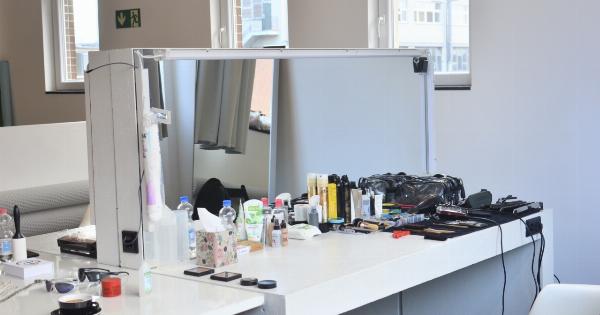Minoxidil is a medication primarily used to treat hair loss.
It was initially developed as an oral medication to control high blood pressure, but its unexpected side effect of stimulating hair growth led to its use in the treatment of alopecia (hair loss).
The Mechanism of Action
Minoxidil works by dilating blood vessels, which improves blood flow to the hair follicles. This increased blood flow supplies essential nutrients and oxygen to the hair follicles, promoting hair growth.
It also prolongs the growth phase of the hair follicles, allowing for longer and thicker hair strands to develop.
Effectiveness and Efficacy
Minoxidil has been proven to effectively stimulate hair growth in both men and women with androgenetic alopecia, a common form of hair loss.
It has also shown some success in treating other types of hair loss, such as alopecia areata and telogen effluvium. However, its effectiveness may vary among individuals.
Usage and Application
Minoxidil is available as a topical solution or foam, which is applied directly to the scalp. The recommended dosage and application frequency may differ depending on the brand and concentration of the product.
It is typically applied once or twice daily, and it is important to follow the instructions provided by the manufacturer or healthcare professional.
Possible Side Effects
While minoxidil is generally well-tolerated, some individuals may experience side effects. These can include scalp irritation, itching, dryness, flaking, or redness.
In rare cases, it may cause more severe side effects such as dizziness, chest pain, or rapid heartbeat. If any adverse reactions occur, it is important to discontinue use and consult a healthcare professional.
Duration of Treatment
It is important to note that minoxidil is not a cure for hair loss, but rather a long-term treatment. The effects of the medication may take several months to become noticeable, and continued use is necessary to maintain the achieved hair growth.
Discontinuing the use of minoxidil can result in a gradual return of hair loss.
Combination with Other Treatments
Minoxidil can be used in conjunction with other hair loss treatments to enhance results. It is often combined with finasteride, an oral medication that inhibits the production of a hormone called DHT, which is linked to hair loss.
This combination therapy can provide more significant hair growth improvements for certain individuals.
Considerations and Precautions
Before using minoxidil, it is important to consult a healthcare professional, especially for individuals with underlying medical conditions or those taking other medications.
Minoxidil should not be used by individuals with certain scalp conditions or allergies to the medication. It should also be used with caution during pregnancy or breastfeeding.
Results and Expectations
The effectiveness of minoxidil varies among individuals. While some may experience significant hair growth, others may see minimal improvement. It is important to have realistic expectations and understand that individual results may vary.
Regular monitoring and follow-up with a healthcare professional can help track progress and make any necessary adjustments to the treatment plan.
Potential Alternative Treatments
In addition to minoxidil, there are other treatments available for hair loss, such as laser therapy, PRP (platelet-rich plasma) injections, and hair transplant surgeries.
These alternative treatments may be considered for individuals who do not respond well to minoxidil or who require more intensive interventions.
Conclusion
Minoxidil is a commonly used medication for the treatment of hair loss. By improving blood flow and prolonging the hair growth phase, it can stimulate hair regrowth in individuals with various types of hair loss.
However, its effectiveness may vary, and it is important to consult a healthcare professional for proper usage and to manage expectations.




























